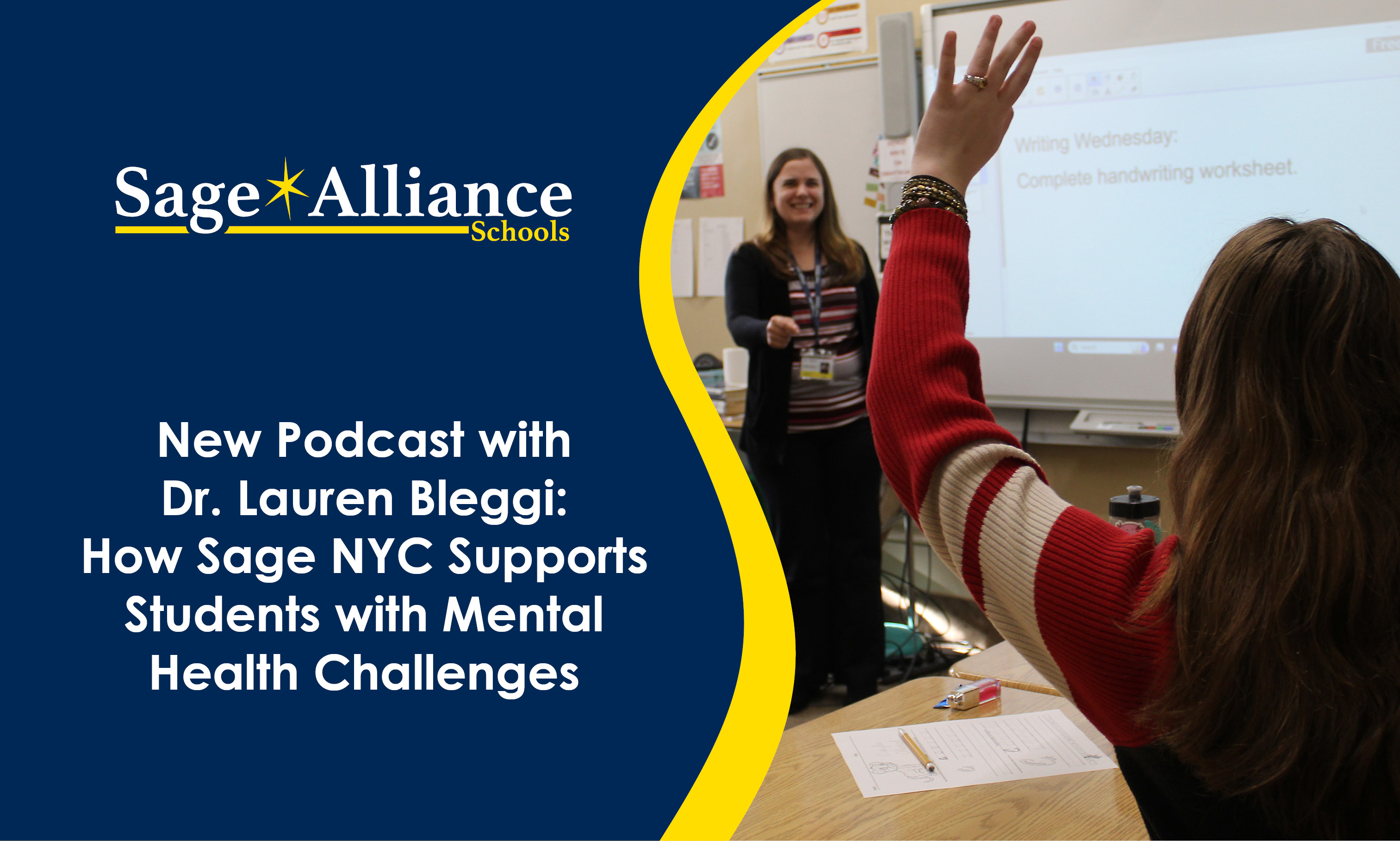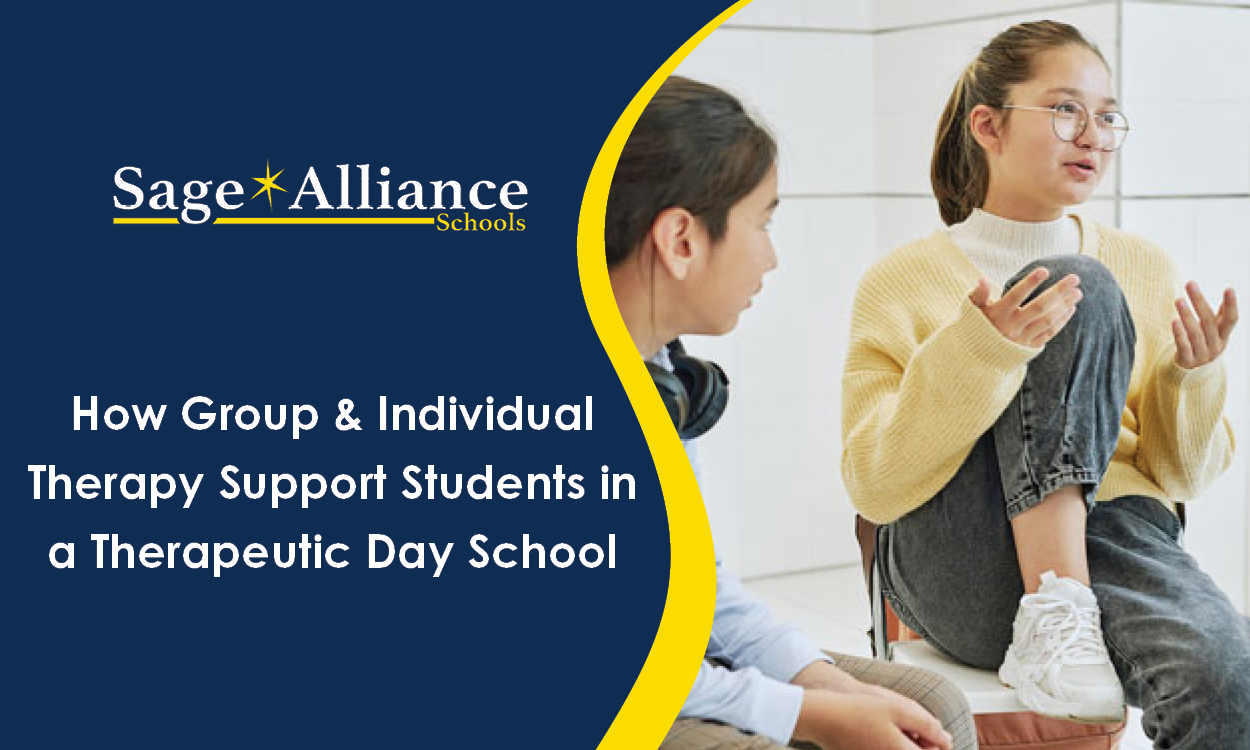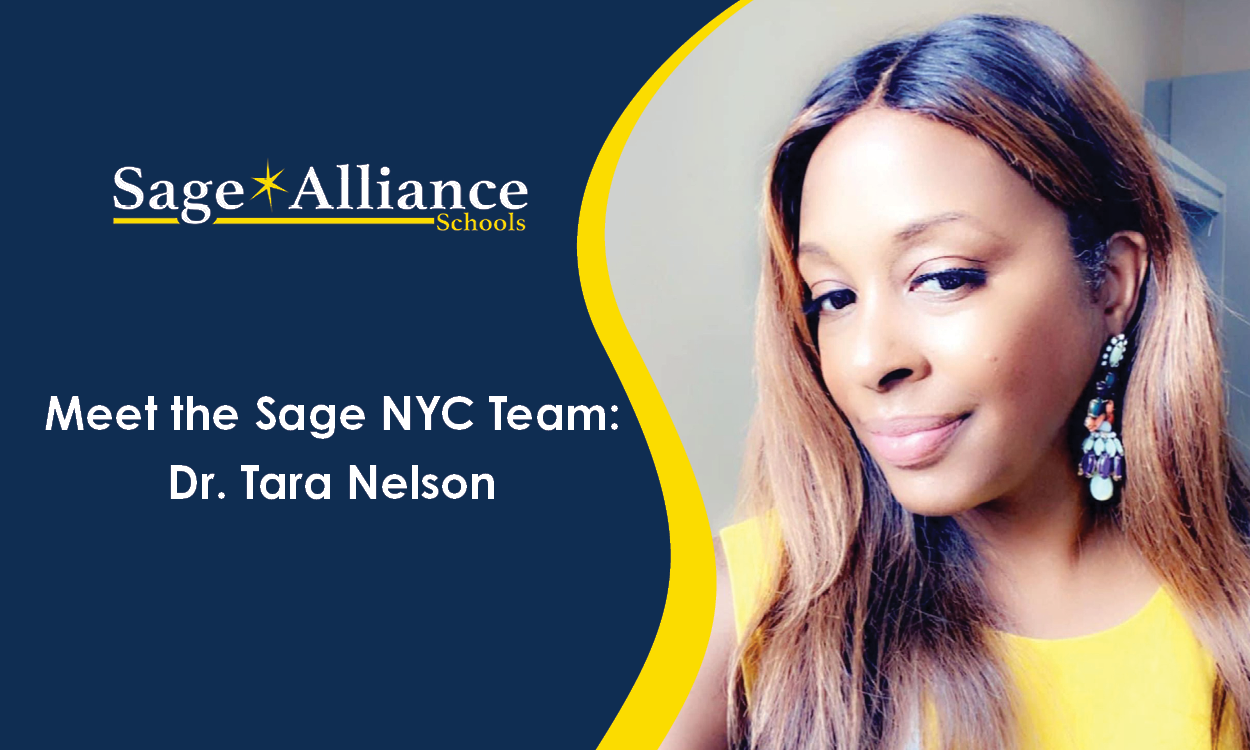What is a Child Study Team?
Posted: April 06, 2017 | Written By: Holly Ference | Category:

While some students are successful to varying degrees in assimilating and learning key concepts of any subject area, those with disabilities can find it at times next to impossible. It’s incumbent upon any school district (as well as federally mandated) to provide services in order for every student to be successful to the best of their ability.
It’s important to make sure that the student is properly evaluated in terms of any learning challenges, and to that end, a group of professionals form a Child Study Team (CST) to assess the situation and make a determination.
The CST is required to determine the present levels of performance, whether or not the student has a disability that has a direct and adverse effect on the student’s ability to function within the school curriculum, and whether the student needs additional services to augment their learning process.
It is protocol to give the parents adequate notice to attend an initial child study team evaluation session. It’s vitally important to document all communication with the parent or legal guardian should they choose not to participate for any reason.
Other members of the group may include the student, a member of the administration or designated representative, one special education teacher (preferably with expertise regarding the student’s disability), as well as a learning consultant, a school psychologist, a social worker, a speech language pathologist, and an audiologist. Other team members may include appropriate professionals who know the existing services within the school.
The process includes extensive testing of the student, which is inclusive and provides valid means of measurement of the student’s disability. The methodology must be sound and must not be the sole determinant of the student’s disability, and the results must fit within set criteria to be deemed a disability.
During the meeting, the professionals evaluate the student’s learning needs and then make recommendations as to a course of action that will best meet the student’s needs, including referral to related services such as Assistive Technology, Audiology, Mental Health Counseling, Physical Therapy, and Speech and Language Therapy.
Parental participation is essential to the development of the IEP. If for some reason, a student’s parents cannot be present at the meeting, video conferencing and audio conferencing can be viable and appropriate alternatives to make sure that the parent or legal guardian is kept apprised of the findings and the actions of the team.
The CST should address every possible aspect of the student’s disability including their health, vision, hearing, emotional status, general intelligence, academic performance, and motor abilities, as well as factor in any teacher’s observations. Once the team assembles their findings, a determination can be made as to whether the student should or should not receive special education services, and a copy of the report is provided to the parent.
The results of the report are not cast in stone, and the IEP team may meet at any time to re-evaluate the student’s performance to further meet the student’s needs.
Want to be notified of new articles and resources from Sage Alliance? Click here to submit your email and opt into our newsletter.









